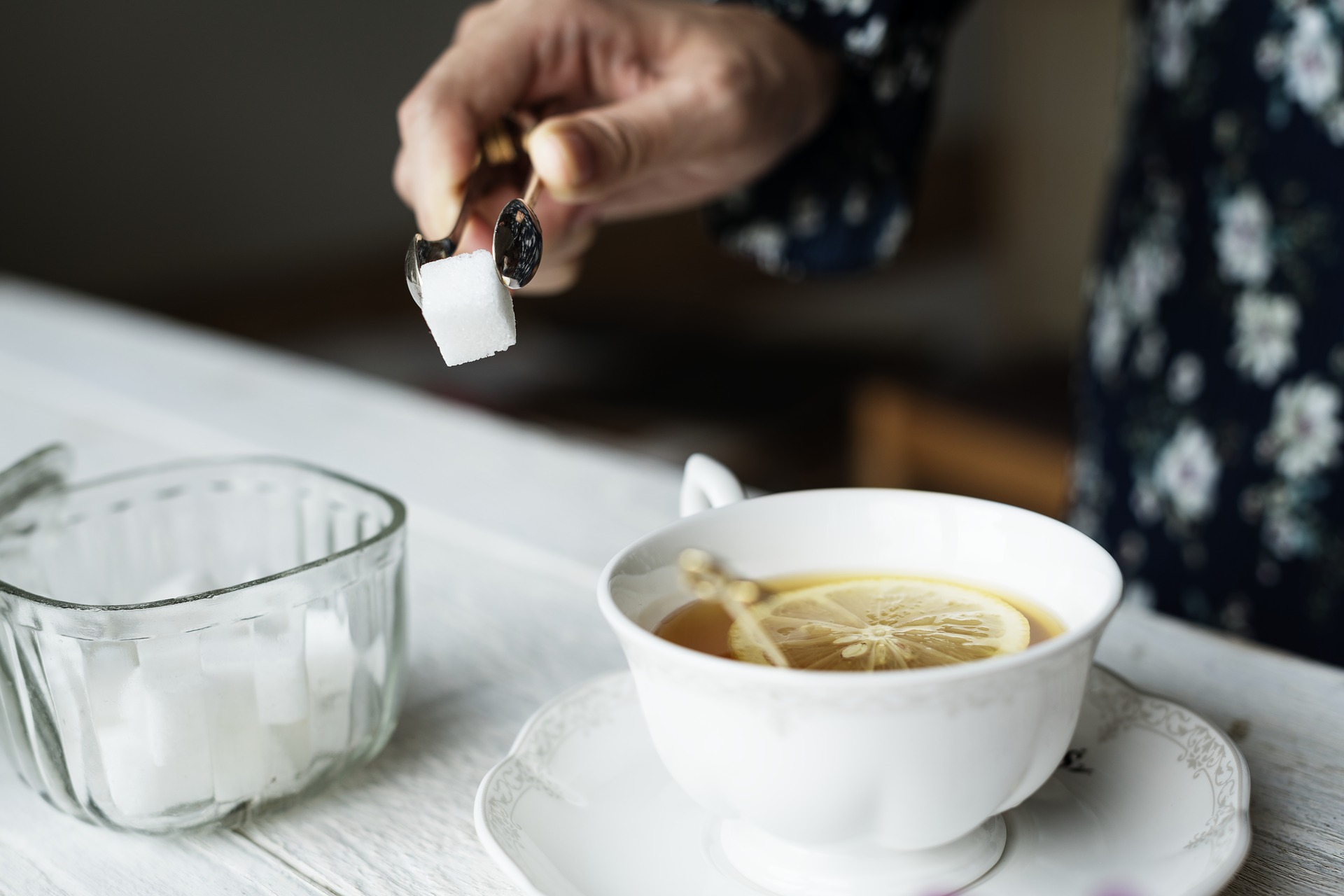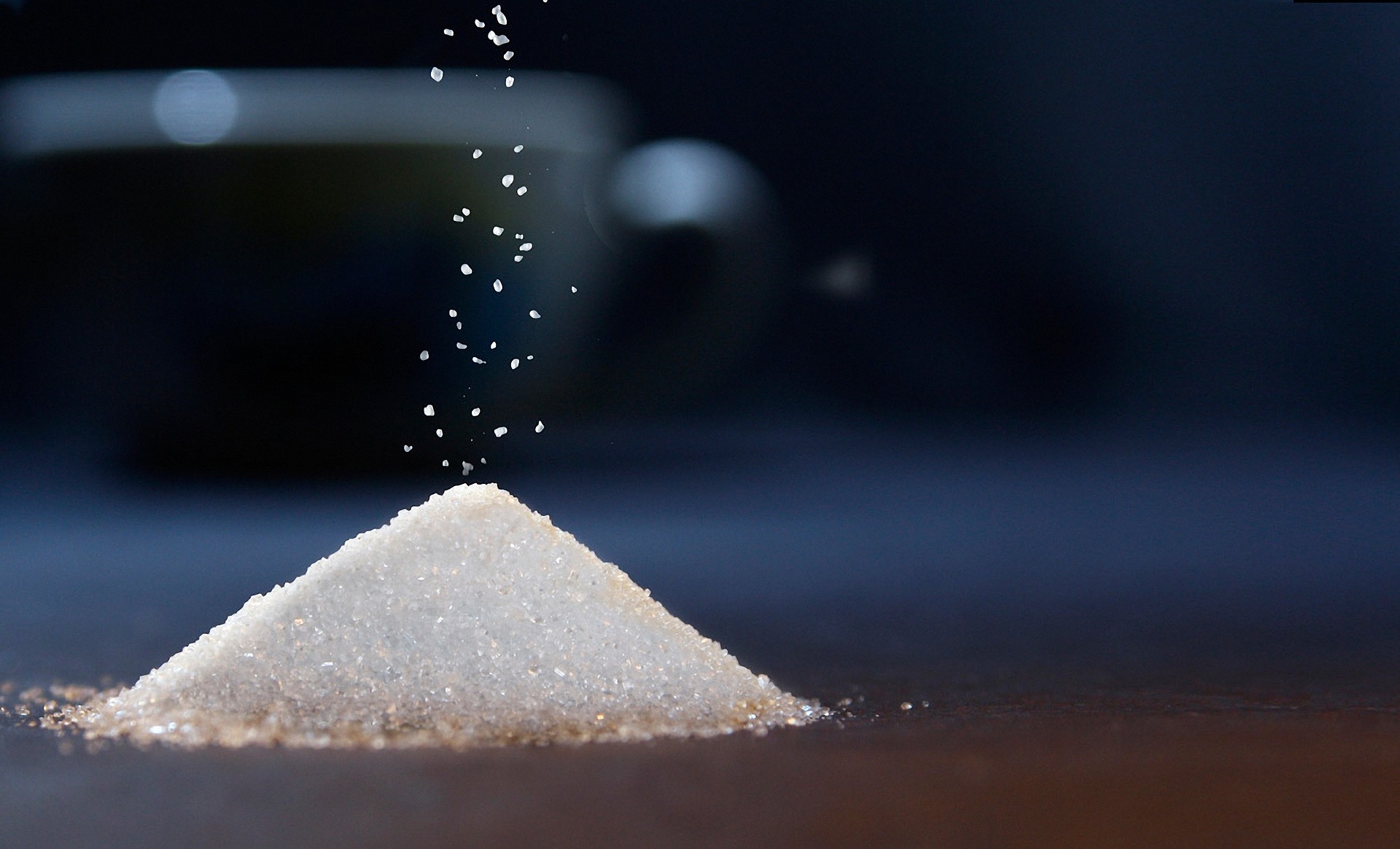
As many people try to reduce the amount of refined sugar (sucrose) in their diets, natural alternative sweeteners are increasing in popularity, especially among our Co-op shoppers. But there is still a lot of confusion surrounding these sweeteners—what they are, how they are used and which is the best choice. I’ll try to answer some of those questions here, focusing on four in particular that seem to be getting a lot of attention these days.
Sugar Alcohols

Sugar alcohols, or polyols, are the alternative sweetener I get the most questions about. You’ll find sugar alcohols in any number of low-carbohydrate or low-calorie foods on our shelves from ice cream to chewing gum, but what are they?
Sugar alcohols are named as such because their chemical structure resembles part sugar and part alcohol, although sugar alcohols do not actually contain any ethanol. They go by many names, as there are many different types of sugar alcohols, making this ingredient particularly tricky to identify on an ingredients list. Sorbitol, xylitol, erythritol, and isomalt are just a few of the words used to indicate sugar alcohol (1).

Sugar alcohols are not all zero-calorie, although they do contribute fewer calories per gram (0-3 calories/gram compared to 4 calories/gram from regular sugar). They are “generally recognized as safe” (GRAS) and are slowly and incompletely absorbed in the small intestine. Because of the incompleteness of absorption, some polyols will ferment in the large intestine and may cause gas and discomfort for some people (1).
Stevia
Stevia is actually derived from a plant in the sunflower family (Stevia rebaudiana Bertoni aka sweetleaf or candyleaf) (2). The sweetness of stevia is attributed to the presence of glycosides, which are extracted and purified into the powder or liquid form (3) commonly found on grocery shelves.
Also GRAS, stevia sweetener is poorly absorbed by the GI tract and, as a result, will not contribute any calories to the diet, but will simply be excreted in the urine. Stevia produces no glycemic response, so will often be included in low-carbohydrate food products. In addition to “stevia” or “stevia leaf extract” look for the words rebaudioside A, Reb A, or steviol glycosides on an ingredients list to indicate the presence of stevia (2).
Date Sugar or Syrup

Dates are a very sweet—almost candy-like—and usually dried fruit, so it’s no wonder they are often used in products and recipes as a purely natural sweetener. Date sweeteners are just as nutritious as whole dates and have a very impressive potassium content (4).
Date sugar and syrup are relatively new products to our sweetener lineup here at the store. They use the inherent sweetness of the date fruit and slightly process to make it easy to use in any application where one might typically use honey or maple syrup (important to note, however, date sweeteners do not melt). Give this new sweetener a try for something a little different.

Monk Fruit
Monk fruit is another “new” addition the growing list of natural alternative sweeteners, but it’s actually been around for quite some time. Also known as “luo han guo” or the “Buddha fruit”, monk fruit is grown primarily in Southeast Asia.
Similarly to stevia, the sweetness of monk fruit does not come from its sugars, but rather the antioxidant mogrosides. This makes the extract even sweeter than regular sugar and calorie-free since the final product does not contain any actual fructose. Because of the intense sweetness of mogrosides, commercial monk fruit sweeteners are often blended with polyols to balance the flavors (5).
Whatever natural alternative sweetener sounds best to you, for many people it simply comes down to a taste test to find their favorite. If you ever need help finding a new sweetener to try, stop by the Co-op and any of our staff can help guide you to our assortment of products that will naturally satisfy your sweet tooth.
Sources:
- Insight F. Sugar Alcohols Fact Sheet. IFIC Foundation. https://foodinsight.org/sugar-alcohols-fact-sheet/. Published February 20, 2019. Accessed September 11, 2019.
- Webb D. Stevia’s Splendor. Today’s Dietitian. https://www.todaysdietitian.com/newarchives/0617p18.shtml. Published June 2017. Accessed September 11, 2019.
- Webb D. Stevia Update: The Science Behind the Sweetener. Today’s Dietitian. https://www.todaysdietitian.com/newarchives/0419p14.shtml. Published April 2019. Accessed September 11, 2019.
- Thalheimer JC. Alternative Natural Sweeteners. Today’s Dietitian. https://www.todaysdietitian.com/newarchives/011315p18.shtml. Published January 2015. Accessed September 11, 2019.
- Brown MJ. Monk Fruit Sweetener: Good or Bad? Healthline. https://www.healthline.com/nutrition/monk-fruit-sweetener#bottom-line. Published June 14, 2019. Accessed September 17, 2019.
